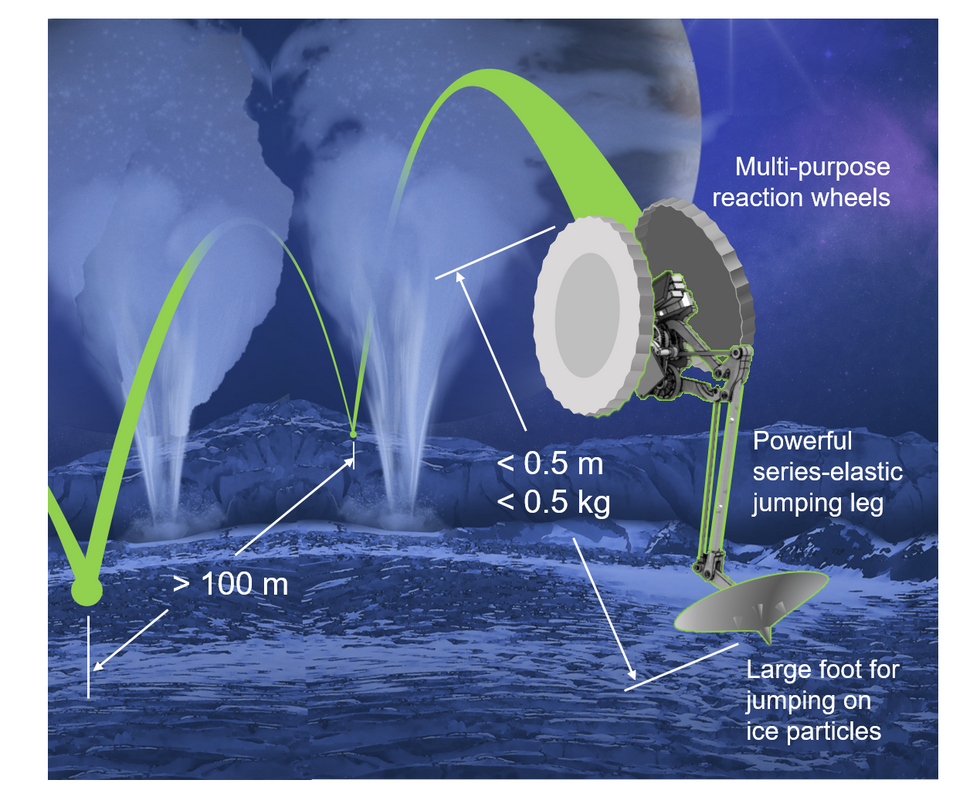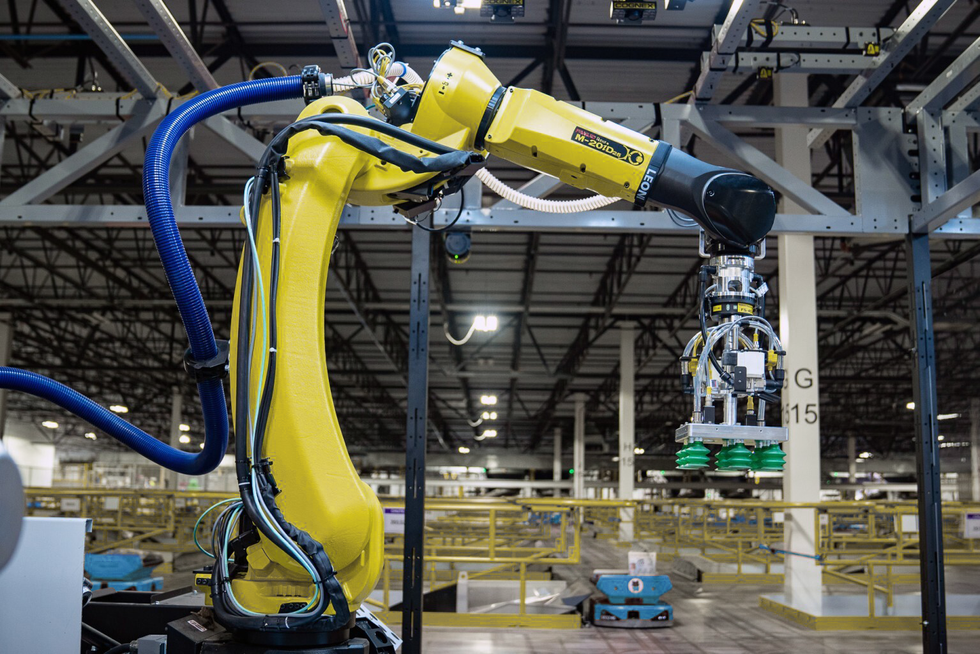Using the brain to directly control an object was long the stuff of science fiction, and in 1988 the vision became a reality.IEEE Life Senior Member Stevo Bozinovski and Members Mihail Sestakov and Dr. Liljana Bozinovska used a student volunteer’s electroencephalogram (EEG) brain signals to move a robot along a closed-circuit track. Bozinovski and Sestakov were electrical engineering and computer science professors at Saints Cyril and Methodius University, in Skopje, North Macedonia (formally the Republic of Macedonia). Bozinovska, a physician, taught in the university’s medical school. Their achievement has paved the way for EEG-controlled wheelchairs and exoskeletons.IEEE commemorated their work with an IEEE Milestone during a ceremony at the university on 10 October.“The accomplishment is not only meaningful locally,” Vladimir Atanasovski said at the dedication ceremony. “It exhibits benefits for the entire humanity.” Atanasovski is dean of the university’s electrical engineering and information technologies school. “It was at this very school, 35 years ago, where a relationship between two previously distant areas [robotics and EEG signals] was formed,” he added. “This remarkable work showed that science fiction can become a reality.“Controlling a robot using human brain signals for the first time advanced both electrical and computer engineering and science, led to worldwide research on brain-computer interfaces, and opened an explicit communication channel between robots and humans.”Using engineering to demonstrate psychokinesisBozinovski, Sestakov, and Bozinovska built a system to send commands to a robot based on EEG signal processing. The method is noninvasive; all you have to do is place electrodes on a volunteer’s scalp.The three researchers used a Movit Line Tracer II robot they built from a kit from Japanese appliance shop Elehobby, now called Elekit. The robot had two plastic discs that sat on top of each other and held the electronic components between them. Its two wheels were controlled with a start/stop mechanical switch. “Engineers are the driving force in every country, contributing to the welfare and progress of societies.”—Stevo PendarovskThe robot, powered by batteries, drove on a track drawn on a flat surface, according to the Milestone proposal entry on the Engineering Technology and History Wiki.But the researchers still didn’t know how they were going to translate the brain signals into commands. Bozinovska suggested using the EEG’s prominent alpha-range frequency of 8 to 12 hertz—known as the mu rhythm. It’s a synchronized pattern of electrical activity in the part of the brain that controls voluntary movement. The frequency increases when a person is relaxed and not moving. Bozinovska’s theory was that the pattern would command the Line Tracer. People attempting to control the robot would achieve relaxation by closing their eyes. To stop the robot from moving, they would open their eyes.Bozinovski, Sestakov, and Bozinovska designed an experiment to test her theory. Moving a robot using brain signals
Two rooms were built to conduct the experiment. One was called the “robot arena,” and had a table on which sat a rectangular closed-circuit track with markings where the robot would be commanded to stop.Saints Cyril and Mehtodius University/IEEEBozinovski and Sestakov built a two-floor room in the school’s Laboratory of Intelligent Machines and Bioinformation Systems to conduct the experiment. The bottom floor was called the “robot arena,” as Bozinovski described it in the Milestone entry. There was a table on which sat a rectangular closed-circuit track with markings where the robot would be commanded to stop.The top floor housed the technology including analog-to-digital and digital-to-analog converters, an IBM XT personal computer, a transistor amplifier, and a differential biomedical amplifier, which measured the voltage difference between the brain’s amplitude and frequency and the time it took for them to change. Bozinovski and Sestakov replaced the mechanical switch with an EEG-emulated control switch that was connected to the transistor amplifier. The student volunteer sat on the bottom floor.Wires from the D/A converter attached to the robot hung from the ceiling, well out of the way of the robot’s movement.Electrodes were placed on the top and center of the volunteer’s head, near the medial parietal cortex—the part of the brain that completes visual scene processing. More were placed behind the right ear, near the mastoid, which perceives visual sensations. Others were placed on the forehead, to collect the base electrical signal, from which the differential biomedical amplifier could detect if the frequency increased.To move the robot, the student relaxed, with eyes closed. The differential biomedical amplifier recorded the EEG signals and inputted them into the computer with the help of the A/D converter set at 300 Hz. Recognition software created by Bozinovski and Sestakov translated the signals into a go command. The computer then sent a 5-volt logic pulse through the D/A converter—which the transistor amplifier magnified and sent to the robot. The volunteer was able to stop the Line Tracer by opening their eyes.Bozinovski, Sestakov, and Bozinovska presented their findings at the 1988 IEEE International Engineering in Medicine and Biology Conference.North Macedonia’s president on the importance of engineers“Engineers are the driving force in every country, contributing to the welfare and progress of societies,” Stevo Pendarovski, president of North Macedonia, said at the dedication ceremony.“Let this genuinely exceptional event of great importance for Macedonian engineering in particular, but also for Macedonian science and society as a whole, be an inspiration for all students, professors, and future engineers,” Pendarovski said, “to create and contribute to building a modern and technologically advanced world.”IEEE President Saifur Rahman also attended the ceremony.A plaque recognizing the technology is displayed outside the Saints Cyril and Methodius University electrical engineering faculty building. The Laboratory of Intelligent Machines and Bioinformation Systems, where the Milestone was achieved, is in the building. It reads:In 1988, in the Laboratory of Intelligent Machines and Bioinformation Systems, human brain signals controlled the movement of a physical object (a robot) for the first time worldwide. This linked electroencephalogram (EEG) signals collected from a brain with robotics research, opening a new channel for communication between humans and machines. EEG-controlled devices (wheelchairs, exoskeletons, etc.) have benefited numerous users and expanded technology’s role in modern society.Administered by the IEEE History Center and supported by donors, the Milestone program recognizes outstanding technical developments around the world.The IEEE North Macedonia Section (formally the IEEE Republic of Macedonia Section) sponsored the nomination.
How useful was this post?
Click on a star to rate it!
Average rating 0 / 5. Vote count: 0
No votes so far! Be the first to rate this post.
We are sorry that this post was not useful for you!
Let us improve this post!
Tell us how we can improve this post?




